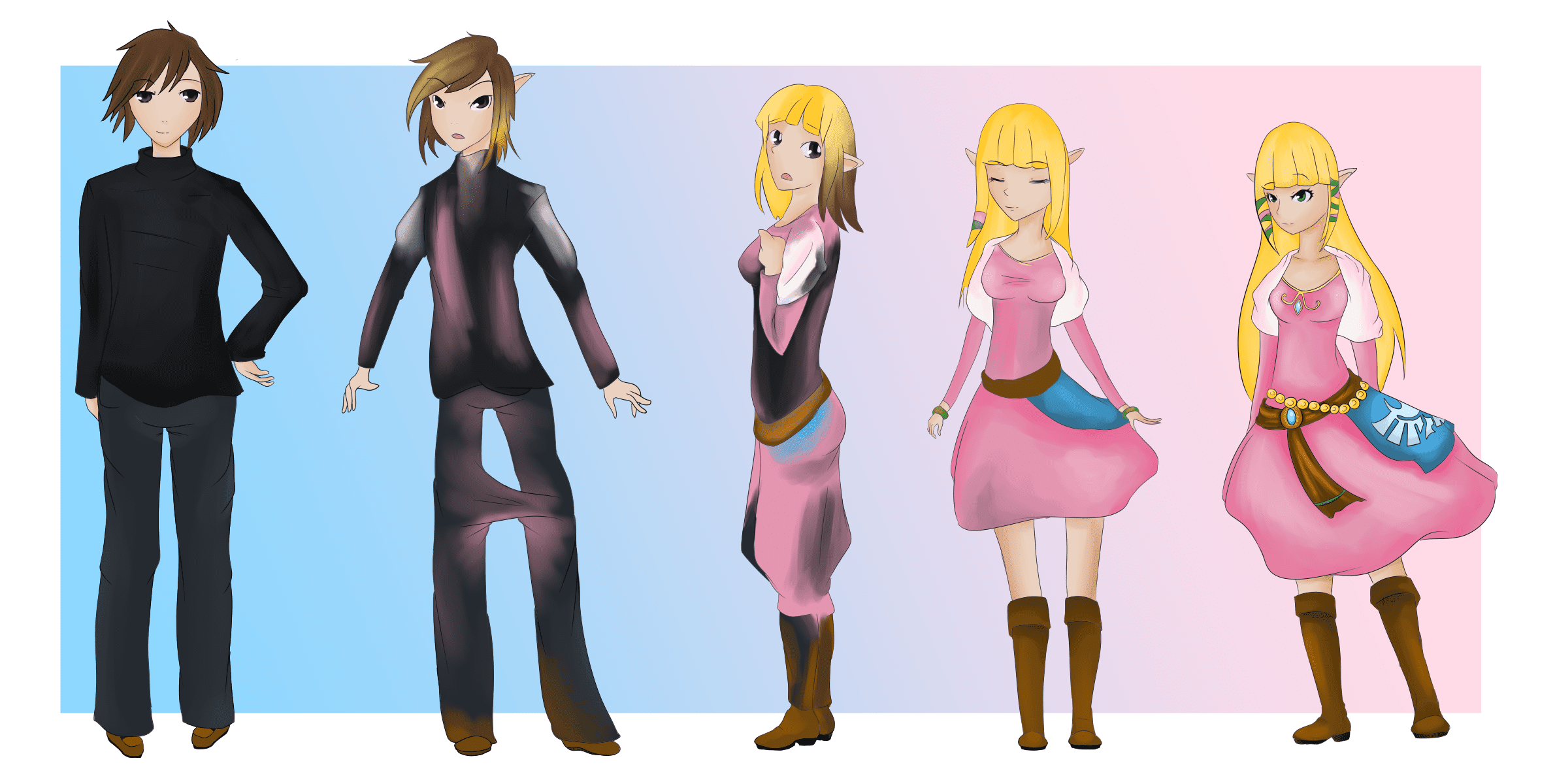The titular princess from the Legend of Zelda video game franchise has evolved from a passive victim to a brave and capable heroine, inspiring young girls worldwide. Zelda appeared only briefly in the game’s earliest cutscenes, her character defined solely by her status as a helpless victim, and was subsequently relegated to the same passive role in later games. However, in 1998’s The Legend of Zelda: Ocarina of Time, Zelda took the identity of Sheik, a male warrior who served as a mentor to Link. In the latest entry, Breath of the Wild, Zelda is the driving force behind Link’s quest. Her transformation has inspired young girls worldwide to explore their own inner strength and realise they can be heroes in their own right.
From Princess to Hero: The Transformation of Zelda
Zelda, the titular princess of the popular video game series, has undergone a remarkable transformation over the years. From her earliest appearances as a damsel in distress to her more recent incarnations as a powerful and capable heroine, Zelda has become an emblem of female empowerment and a role model for young girls around the world. In this article, we will examine the evolution of Zelda’s character and the impact it has had on both the video game industry and popular culture as a whole.
The Early Years: Zelda as a Damsel in Distress
When Zelda first appeared in 1986’s The Legend of Zelda, she was little more than a plot device. Though her name graced the game’s title, Zelda herself was little more than the reward for the player’s efforts to rescue her from the clutches of the game’s primary villain, Ganon. She appeared only briefly in cutscenes, her character defined solely by her status as a helpless victim in need of rescue.
Subsequent entries in the series did little to flesh out Zelda’s character, instead relegating her to the same tired role of damsel in distress. Though she occasionally displayed moments of intelligence and resourcefulness, such as providing Link with crucial information or items, Zelda was never allowed to take an active role in the game’s narrative.
The Ocarina of Time: Zelda Takes Charge
In 1998, The Legend of Zelda: Ocarina of Time was released for the Nintendo 64. This game marked a turning point for the series in many ways, but none more significant than the transformation of Zelda from a passive victim to an active participant. In Ocarina of Time, Zelda assumed the identity of Sheik, a male warrior who served as a mentor to Link throughout the game.
For many players, the reveal that Sheik was actually Zelda was a revelation. Here was a character who, despite being kidnapped by Ganon early in the game, had taken control of her own destiny and refused to be defined by her status as a princess. As Sheik, Zelda was able to participate fully in the game’s action, displaying her own unique set of skills and playing an integral role in Link’s quest to defeat Ganon.
The Modern Era: Zelda as Hero
In the years since The Ocarina of Time, Zelda has continued to evolve as a character. Though she has occasionally reverted to her old role as a passive victim, in most modern iterations of the series she is portrayed as a brave and capable hero in her own right. In The Wind Waker, for example, she actively fights alongside Link as the pirate captain Tetra, showcasing her own set of unique abilities and helping to save the world from the malevolent Ganondorf.
The latest entry in the series, Breath of the Wild, took this transformation to its logical endpoint. In this game, Zelda is no longer simply a hero in her own right, but the driving force behind Link’s quest. Her backstory is explored in depth, revealing her to be a complex and multifaceted character with her own motivations and desires. Though she is still a princess, Zelda is no longer defined solely by her royal status. She is a fierce warrior, a brilliant scientist, and a compassionate friend.
The Impact of Zelda’s Transformation
The transformation of Zelda from a helpless victim to a powerful hero has had a profound impact on the video game industry and on popular culture as a whole. The Legend of Zelda is now widely regarded as a groundbreaking series that helped to establish the modern concept of the video game heroine. It has inspired countless other games with female protagonists, from Tomb Raider to Horizon Zero Dawn.
But beyond its influence on the video game industry, the transformation of Zelda has had a cultural impact as well. She has become a symbol of female empowerment, a character who proves that women can be just as heroic and capable as their male counterparts. Her story has inspired young girls around the world to explore their own inner strength and to see themselves as heroes in their own right.
Conclusion
From her earliest days as a damsel in distress to her current incarnation as a multifaceted and fully-realized hero, Zelda’s transformation has been nothing short of remarkable. Her evolution has had a profound impact on the video game industry and on the culture at large, inspiring countless players and fans to see women in a new light. Though she is still a princess at heart, Zelda has become much more than that – she is a hero, an icon, and a symbol of hope for generations to come.
